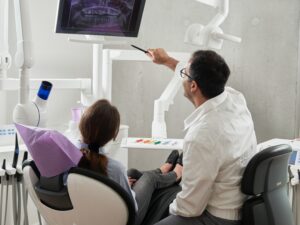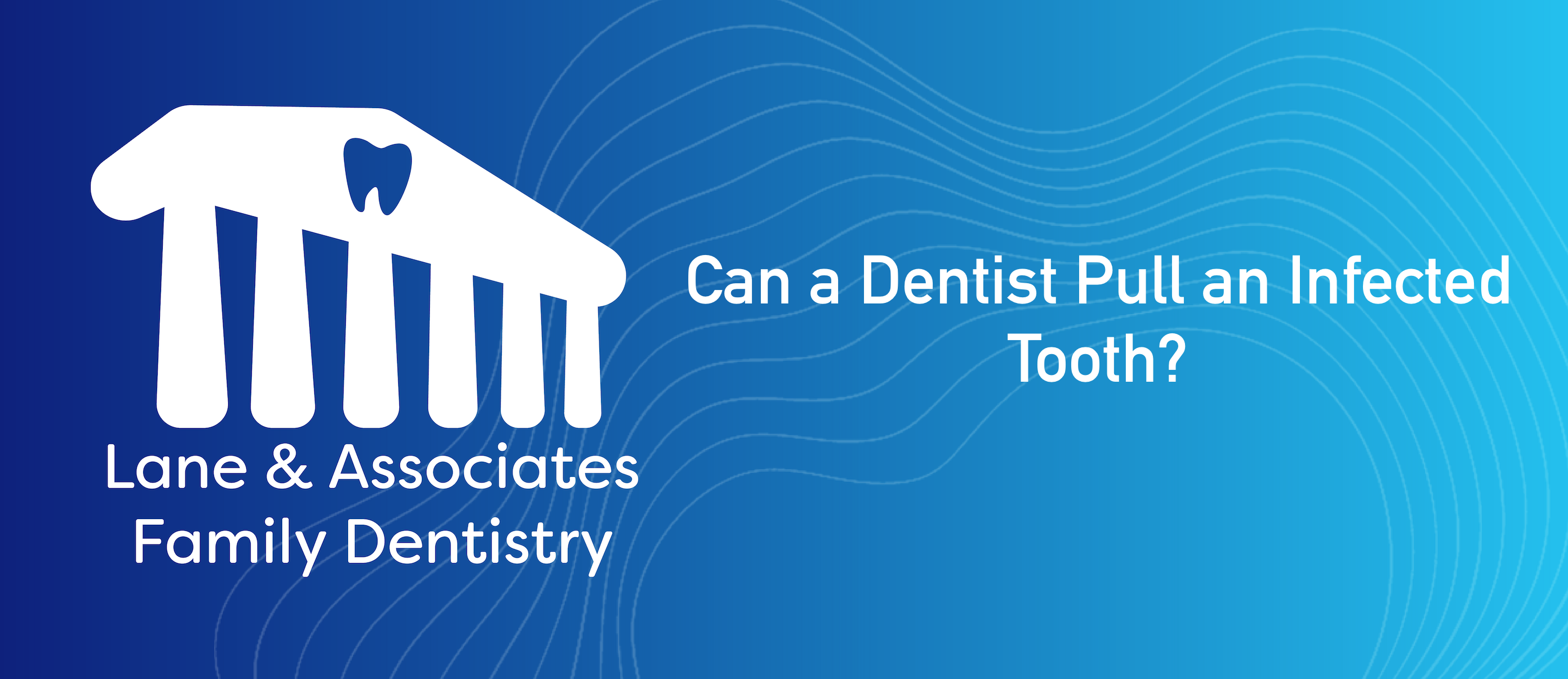Experiencing a tooth infection is a frequent yet severe problem that can lead to considerable pain and health complications if not managed correctly. It’s crucial for individuals dealing with this discomfort to understand the available choices and potential risks associated with dental procedures for infected teeth. This article delves into the question of whether dentists can extract infected teeth, the indicators that suggest your tooth might be infected, and what to expect throughout the treatment process. By providing this information, the aim is to empower you to make well-informed decisions about your dental health.
Tooth infections are prevalent and shouldn’t be taken lightly due to their potential to cause substantial discomfort and health issues. Understanding the various treatment options and associated risks is key to effectively managing this condition. This article will explore whether dentists can perform extractions on infected teeth, the common signs indicating a tooth infection, and the typical procedures involved in treating such infections. By gaining insights into these aspects, individuals can make informed decisions regarding their dental care and overall well-being.
Can A Dentist Pull An Infected Tooth?
Yes, dentists are able to remove an infected tooth. However, whether they choose to do so depends on how serious the infection is and the overall health of the patient. Sometimes, pulling out the infected tooth is necessary to stop the infection from spreading further. But if the infection is very severe, the dentist might first treat it with antibiotics before doing the extraction. This helps reduce the chances of spreading bacteria during the procedure. The main aim is to keep the patient safe and healthy while effectively dealing with the infection.

When a tooth is infected, dentists have the ability to remove it if needed. However, this decision hinges on the infection’s severity and the patient’s overall health. Extracting an infected tooth can be necessary to halt the infection’s spread. Yet, if the infection is exceptionally severe, the dentist may choose to administer antibiotics before proceeding with the extraction. This precautionary step lowers the risk of bacteria spreading during the procedure. Ultimately, the primary goal is to safeguard the patient’s well-being by efficiently managing the infection.
What are Signs of an Infected Tooth?
It’s crucial to identify an infected tooth early to receive prompt treatment. Signs of infection include:
- A strong toothache
- Feeling sensitivity to hot and cold
- Swelling in the gums or face
- Having a fever
- bad breath
- a bitter taste in your mouth, or pus near the tooth.
If you notice any of these symptoms, it’s vital to see a dentist right away to avoid more serious problems.
Recognizing an infected tooth is essential for receiving timely care. Symptoms of infection include a severe toothache, feeling sensitive to hot and cold, swelling in the gums or face, and having a fever. An infected tooth can also lead to bad breath, an unpleasant taste in your mouth, or pus around the tooth. If you observe any of these signs, it’s crucial to consult a dentist immediately to prevent further complications.
What Happens if You Pull an Infected Tooth?
Removing an infected tooth can help ease pain and prevent the infection from spreading further. However, it’s crucial to also tackle the root cause of the infection to avoid future dental problems. After the tooth is taken out, the dentist will give you instructions on how to take care of your mouth to ensure it heals well. They will also talk to you about options like dental implants or bridges to fill the gap left by the extracted tooth. These replacements can help you keep your mouth working properly and looking good.
If you have an infected tooth and it’s pulled out, it can help lessen the pain and stop the infection from spreading. Yet, it’s really important to figure out why the infection happened so it doesn’t come back later. After the tooth is removed, the dentist will tell you how to take care of your mouth to make sure it heals correctly. They might also discuss options like dental implants or bridges to fill in the space and keep your mouth functioning well and looking nice.
Can a Dentist Work on an Infected Tooth?
Yes, a dentist can work on an infected tooth, but the approach depends on how severe the infection is and the overall health of the patient. In many cases, dentists will start by treating the infection with antibiotics to reduce the bacteria and inflammation. This helps prepare the tooth for further treatment.

Once the infection is under control, the dentist may proceed with other procedures like root canal therapy or a dental filling. Root canal therapy involves removing the infected pulp from inside the tooth and sealing it to prevent further infection. A dental filling is used to repair a cavity caused by the infection, restoring the tooth’s structure and function.
In summary, a dentist can work on an infected tooth using various treatments depending on the severity of the infection and the patient’s overall oral health. Treatment options may include antibiotics, root canal therapy, dental fillings, or extraction, with the goal of restoring oral health and preventing further complications.
Conclusion
In conclusion, dealing with a tooth infection requires prompt recognition and appropriate treatment to prevent further complications. Dentists can effectively manage infected teeth through various procedures such as extraction, root canal therapy, dental fillings, or antibiotics, depending on the severity of the infection and the patient’s overall health. It’s important to understand the signs of an infected tooth, including severe toothache, sensitivity to hot and cold, swelling, and fever, as early intervention can lead to better outcomes. By working closely with a dentist and following their guidance, individuals can maintain good dental health and overall well-being.


